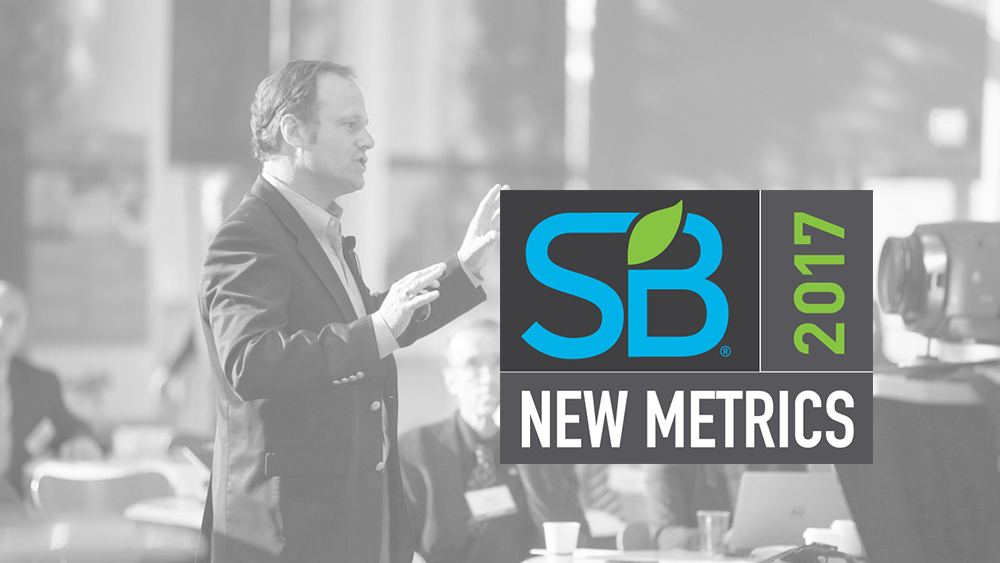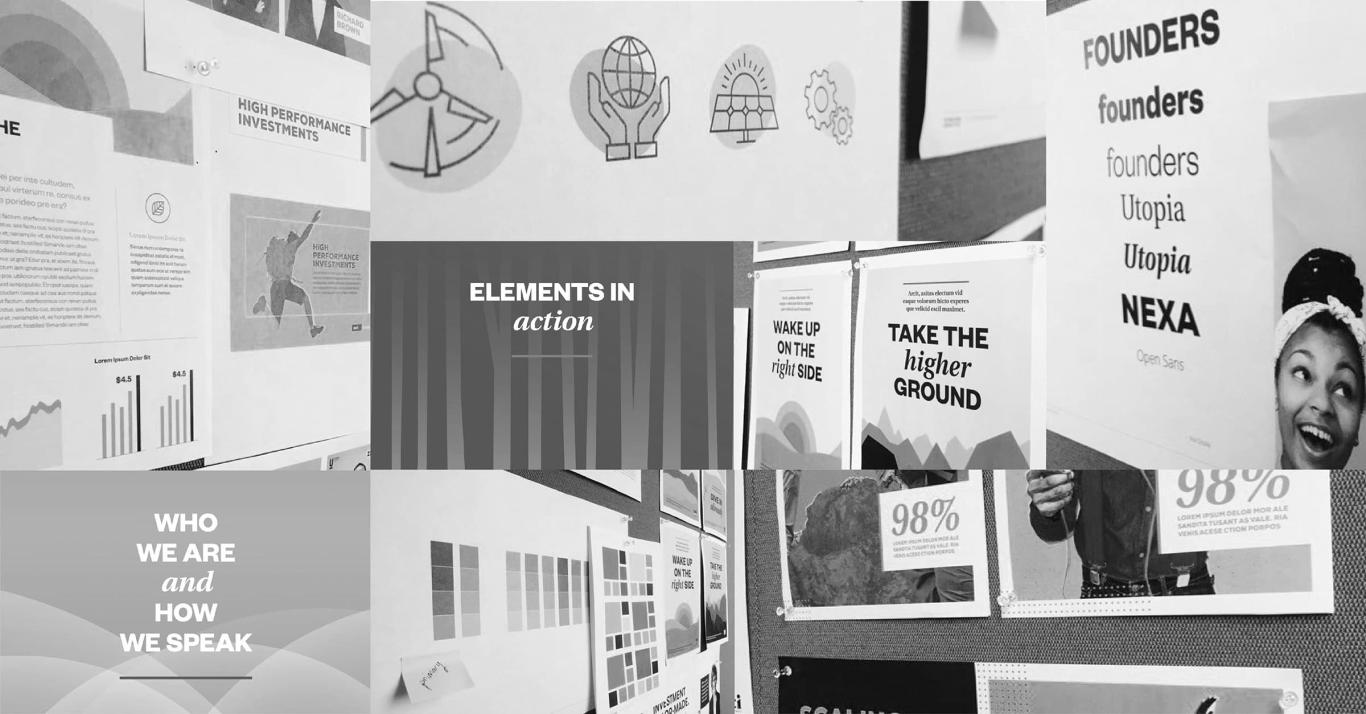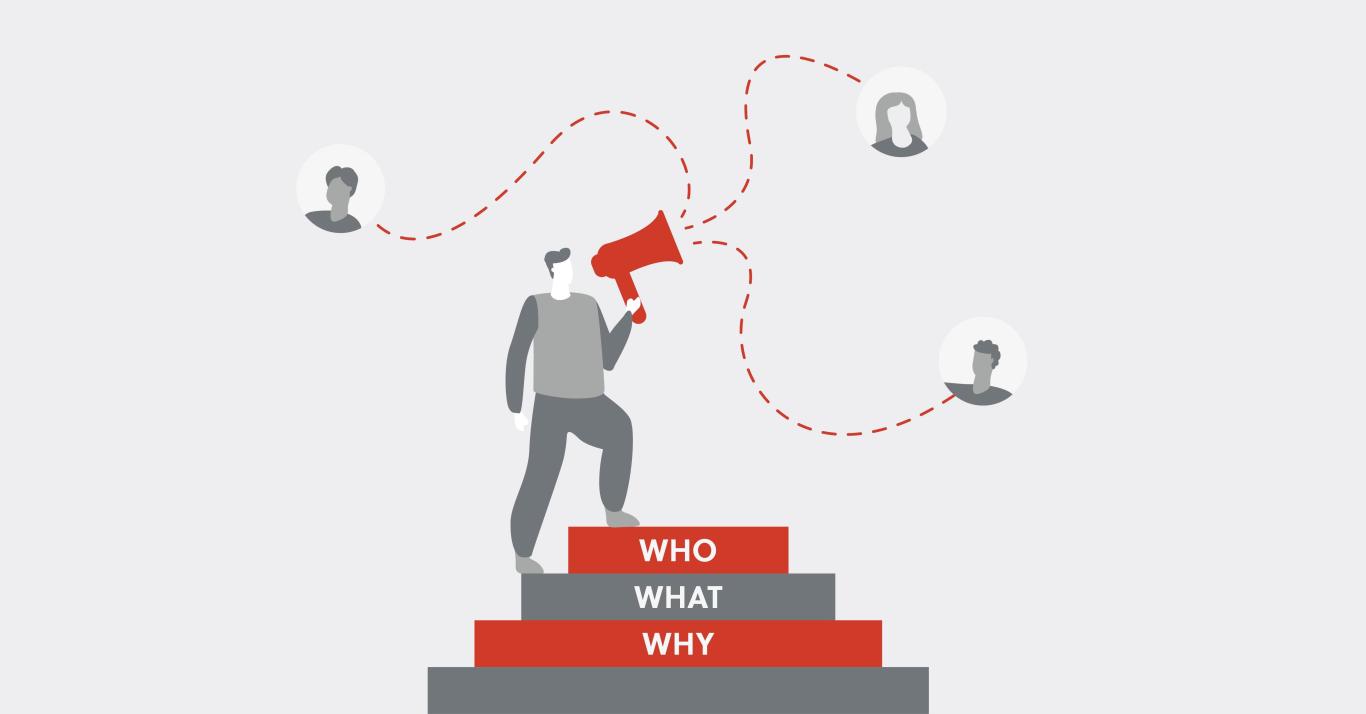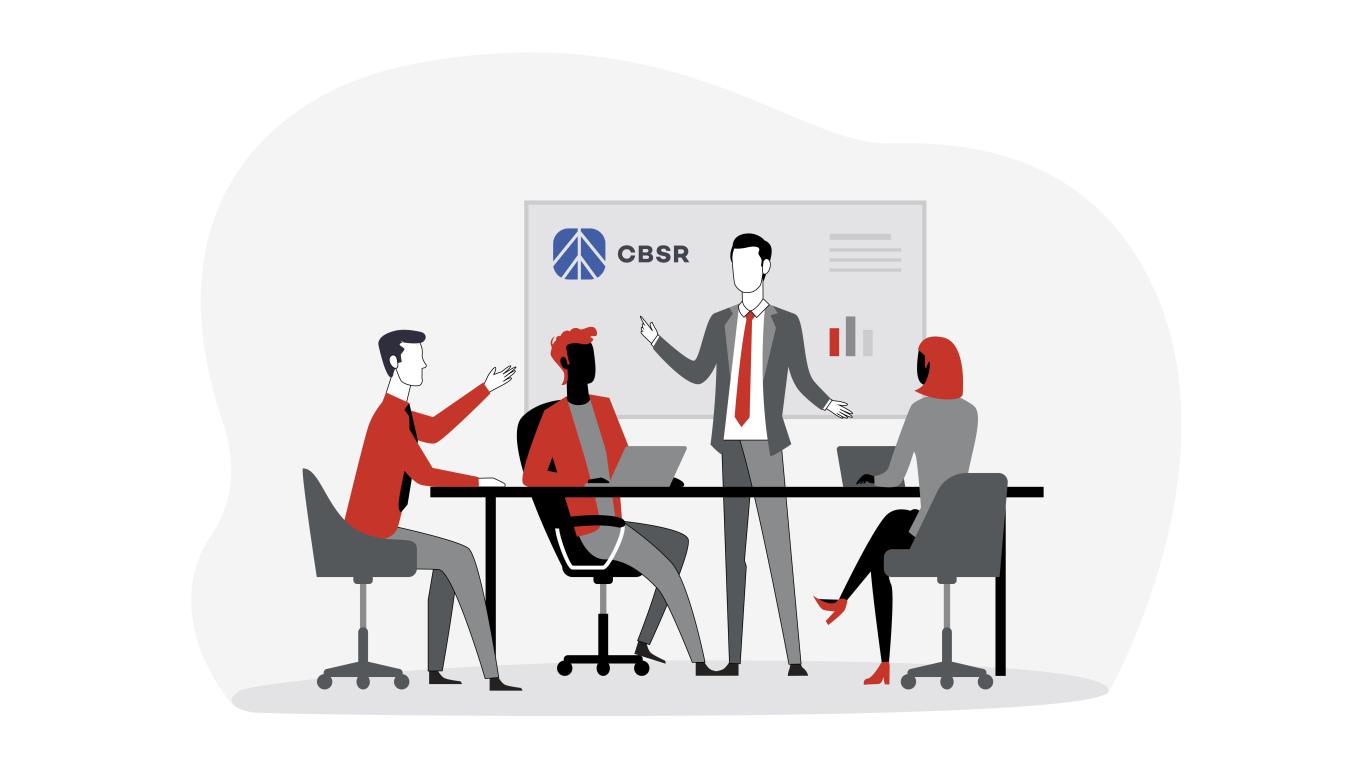Our Review of Sustainable Brands: New Metrics 2017

The latest Sustainable Brands spinoff focused on measuring impacts in the new global economy – and delivered a feast of tools and insights.
This November, our resident guru Wesley Gee attended Sustainable Brands’ New Metrics 2017 conference hungry for sustainable snacks. (“I felt like a nerdy kid in a candy store full of SDG tips, framework initiatives and life cycle assessment tools.”) Held in Philadelphia, New Metrics saw a range of experts focusing on how businesses should best manage and measure their socio-economic impacts, and ultimately thrive in the new global economy. Below are some of Wesley’s key takeaways from the event – food for thought as you develop your sustainability strategy in the coming year.
 1. The case for business case
1. The case for business case
In various panels and workshops, Wesley found that the argument for business case is strengthening. “We’re seeing more and more how progressive business practice is linked to economic performance – ‘outperformance’ even,” said Wesley. “Plenty of meta-research (research on improving how research itself is done) shows that sustainability is linked to things like operational excellence and increased cash flow.”
2. Not all frameworks work together
In recent years, genuine attempts have been made to align the Global Reporting Initiative’s Standards with the United Nations’ Communication of Progress and Sustainable Development Goals. And while other reporting frameworks offer competitive niches, many in the New Metrics crowd warned of fragmentation. “Organizations like JUST Capital do great work, but they also crowd an already busy space,” Wesley said. “You can check off only so many boxes.”
3. Retool your thinking
“New tools are improving how we monetize uncertainty,” Wesley observed. He cites Trucost’s Water Risk Monetizer (a publicly available tool that leverages local water basin datasets and scientific methodologies to monetize business water risks) and energy transition toolkit (software that can assess environmental and financial rates of return on products like green bonds) as positive examples.
4. Don’t rush Value and Total Contribution
Value and Total Contribution – a metrics-based methodology that measures a company’s financial and non-financial drivers and results – is a new darling in the sustainability reporting world. It’s progressive, innovative and holistic. It also takes a lot of time to get right. “Stuff like that doesn’t happen overnight,” said Wesley. “Companies like BASF and The Crown Estate worked on Value and Total Contribution internally for years before sharing it with the public. Because this is an evolving space, their methodologies and communications will improve over time, along with the clarity of their narrative.”
Our thanks to Sustainable Brands for a great event – we’ll see you in Vancouver. Download The Works’ Sustainability Reporting Trends: The Best for 2017 to learn more about the world’s CSR leaders – and let us know what you thought of the conference in the comment section below.




